Healthy gums aren’t a mystery. They don’t need perfection. But they need presence. You brush every day, but how? How long? How gently? That’s what matters. Rushing through the routine misses the spots that quietly collect trouble.
Brushing twice isn’t about habit—it’s about reaching the places that never feel dirty, but still gather plaque. Especially along the gumline. That soft buildup hardens fast. And once it hardens, your toothbrush can’t remove it.
The gumline is where health begins or ends
Most people don’t brush the gums. Just the teeth. But the gums matter just as much. You angle the brush toward them—45 degrees, soft circles. That’s how plaque is swept away before it settles.
Use a soft-bristled brush. Firm ones hurt more than they help. They scrape the surface but miss the spaces that matter. The goal isn’t force—it’s consistency.
Two minutes. Morning and night. Not rushed. Not skipped. That’s what keeps the gums quiet.
Flossing reaches what brushing can’t
Plaque hides between teeth. Where brushes can’t go. That’s where floss belongs. Once a day. Not just when food gets stuck. You guide the floss gently under the gumline. You curve it. You clean one side. Then the other.
Bleeding means inflammation. Not injury. If it bleeds, it’s because it needs attention—not because you’ve done something wrong. The more you floss, the less it bleeds. The healthier the gums become.
Rinsing isn’t a replacement—but it helps
Mouthwash clears what brushing leaves behind. It reaches into spaces. It cools inflammation. Not all rinses are equal. Some are harsh. Others gentle. Choose what soothes, not what burns.
Saltwater works too. Especially when gums feel sore. It reduces swelling. It calms irritation. You swish gently, not aggressively. Once a day is enough.
But rinse after brushing. Not instead of brushing. Nothing replaces the hands-on work.
Food touches your gums even more than toothpaste
What you eat changes your gums. Sugar feeds bacteria. Sticky foods cling to the gumline. Crunchy, fibrous food helps clean it. Raw vegetables. Apples. Nuts. Water helps too—by washing away what sits between meals.
Nutrients matter. Vitamin C supports healing. Vitamin D supports immunity. Your gums notice what your body lacks. They show signs before blood tests do.
Diet won’t fix everything. But it supports every step.
You don’t have to feel pain for something to be wrong
Gums don’t always warn with discomfort. They get puffy. Quietly. They bleed a little. Not enough to notice. Until it’s too late. That’s why daily care matters most when everything feels fine.
If the gums are red, they’re inflamed. If they’re receding, they’re retreating. If they smell, they’re fighting something. These aren’t emergencies—but they’re early signs.
Healthy gums don’t bleed. They don’t swell. They don’t feel tender. That’s the baseline. Anything else is a call to check in.
Stress and sleep leave traces in the mouth
You clench when you’re anxious. You grind when you’re asleep. That pressure irritates the gums. Makes the teeth shift slightly. Causes recession over time. You don’t notice until there’s a gap. Or a line.
Mouthguards help. So do warm compresses. But most of all, awareness helps. Your gums carry more than food—they carry tension.
Rest matters. Hydration matters. The body and the mouth are never separate.
Cleanings matter even when everything feels fine
Plaque becomes tartar. Tartar causes irritation. That starts deep, and doesn’t go away with brushing. Only a hygienist can remove it. That’s what cleanings do. Not just polish—but prevent.
Twice a year is the standard. More often if your gums need it. These visits aren’t just maintenance—they’re checkpoints. They find problems before they turn into treatment plans.
Prevention isn’t exciting. But it’s what keeps the gums quiet for years.
